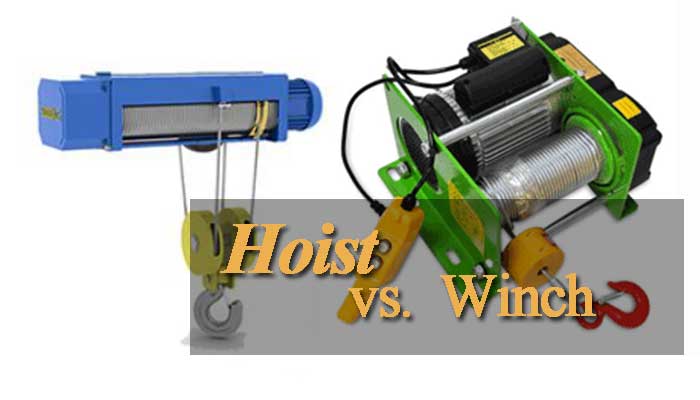
Electric Winch VS. Electric Hoist:Differences & Similarities
Understanding the distinction between hoists and winches is critical. Using An electric hoist instead of an electric winch on your truck may make getting out of a ditch more difficult. When your crane is in use, using an electric winch instead of An electric hoist could result in a dangerous situation. To make sure you get the right equipment, we need to know the difference between an electric winch and An electric hoist.
What is an electric winch?
Winch systems are devices that employ tension to draw an object by winding a cable or rope in or out. The winch drum can be manually operated or powered by air, electricity, or hydraulics. The majority of winch drums are composed of manufactured steel and have a particular weight capacity. A simple manual winch is made up of a rope or cable looped around a drum or barrel. More advanced industrial winches, such as electric winches, are used to haul autos, boats, and heavy machinery.
Choosing the right electric winch system
The greatest load an electric winch can pull with only the bottom layer of rope on the drum determines its rating. The line draw normally falls by 10% per layer as the number of wire rope layers increases. Many factors influence the size of winch required for a work, including weight, maneuverability, and surface level.
Here's a simple and straightforward calculation to figure out what size winch you'll need: 1.5 times the gross weight of the heaviest object you intend to tow. If you want to draw a 1,000-pound object, for example, you'll need an electric winch with at least 1,500 pounds of line pull. It's crucial to remember that winching has a lot of variables, so it's better to check with the manufacturer to make sure you have the right winch size for your application.
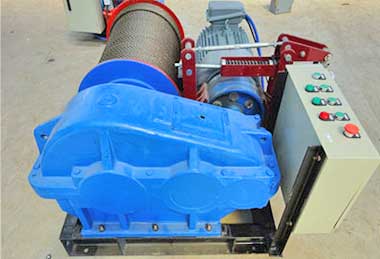
Electric winch
Electric winches of various industrial winch designs, small & heavy duty electric power winch & electric motor winch for hoist, lift & pull.Electric winch for sale with capacity of 0.5 ton to 80 ton .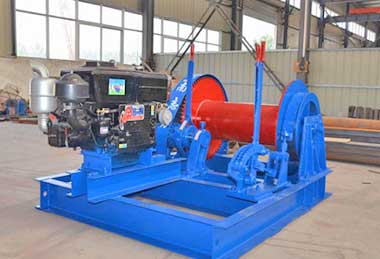
Diesel winch
Diesel winch for sale. 500kg -10 ton diesel powered winch & diesel engine winch for loads hoisting & pulling, small diesel winch, simple, safe,economical & simple.
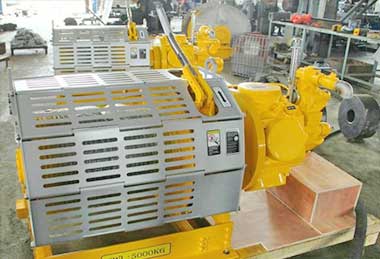
Air winch
Air winch & pneumatic winch is an air powered winch or air operated winch for pulling & hoisting loads of 500kg to 30 ton, explosion proof pneumatic winch for sale, ask for air winch price and pneumatic winch rate.
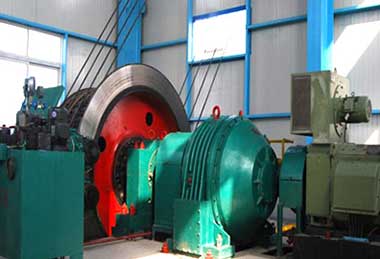
Mining winch
Mining winch & types of mining winch systems for gold, copper,silver, iron, zinc & coal mine with capacity of 500kg to 80 ton..Underground mining winch & explosion proof winch for sale. Ask for latest mining winch price and rate.
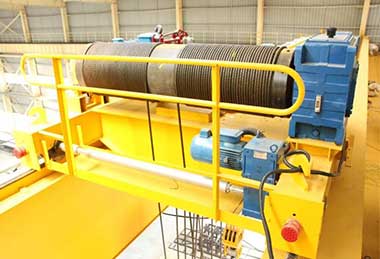
European open winch
Customized open winch cranes for various industries such as, steel mill, oil & gas, automobile, machinery assembly, mining, general processing, etc.Ask for open winch price and winch rate.

China traditional open winch trolley
For your specific applications, the process crane winches are provided to meet your specific conditions and lifting requirements to save your crane winch costs. Ask for process crane winch price.
What is an electric hoist?
Lifting large objects, such as an engine block or construction material, may appear to be an ideal application for an electric winch, but this is not always the case. Instead, if you need to lift or lower a cargo, you should utilize An electric hoist. Hoists are usually made of chain or wire rope and can be operated manually or with the help of electric motors. All hoists that are powered by electric, hydraulic, or pneumatic motors are considered powered hoists. All ratcheted, levered, or hand-cranked hoists are considered manual. Because they can be plugged into any regular electrical outlet, electric chain hoists are perfect for mechanics and machine shops.For lifting heavy loads in combustible, dusty, or unclean situations, air chain hoists are recommended.
Choosing the right electric hoist
There are many different types of hoists available. These tools are ranked according to their condition of loading, duration of usage, and application area. These elements define the duty cycle rating of the hoist, which ranges from p (low duty) to p (heavy duty) (industry standard). An p light duty hoist will run for no more than 15% of the workday, with no more than 75 starts and pauses each hour. An electric hoist with an p rating is capable of handling a maximum of 300 starts/stops per hour and is rated to run close to 50% of the time.
The majority of hoist problems occur when they are utilized beyond their designated duty cycle rating. Consider the task before utilizing An electric hoist, and match the duty cycle rating to it. If your hoist is too small, it could cause early wear and tear. Also, because duty cycle ratings only work within specified temperature ranges, the climate in which the hoist will be utilized is a vital issue to consider.
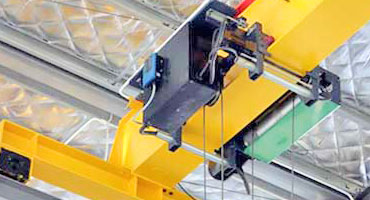
European style wire rope hoist price
FEM wire rope crane hoist specifications: Capacity: 0.25 ton -50 ton,Ask for electric wire rope hoist price.
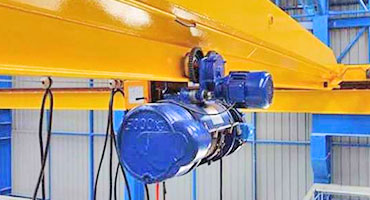
Chinese style electric wire rope hoist
Chinese style electric crane hoist specifications: Capacity: 0.25 ton -80 ton,, Ask for Chinese type electric hoist price.
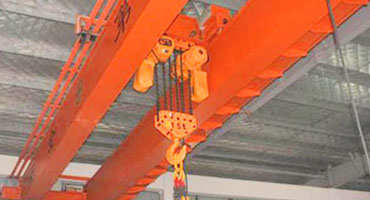
Electric chain hoist
Electric chain hoist specifications: Capacity: 0.25 ton -50 ton,, Ask for electric chain hoist price.
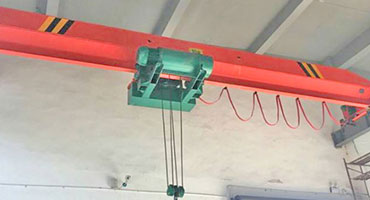
Low headroom hoist
Low headroom hoist specifications: Capacity: 500kg - 80 ton, Ask for low headroom crane hoist price.
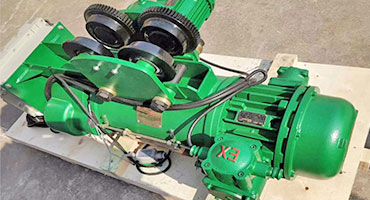
Explosion proof hoist
Explosion proof hoist specifications: Capacity: 500kg ton- 50 ton, Ask for explosion proof hoist price.
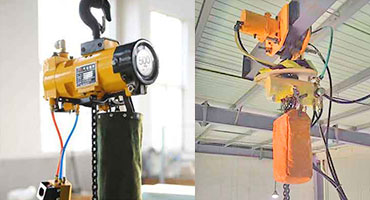
Air hoist
Air hoist & pneumatic hoist specifications: Capacity:50~32000kg.Ask for air hoist and pneumatic hoist price.
Difference between electric winches and electric hoists
Winches and hoists not only have a similar appearance, but they also appear to work in the same way.
Both can pull or lift huge objects, whether it's a car or a truck.
The way winches and hoists pull what is attached to them is the fundamental distinction.
The purpose of an electric winch is to draw a heavy load horizontally. an electric winch would be ideal for hauling a car out of a ditch or loading it onto a trailer.
The purpose of An electric hoist is to lift a heavy load upward. An electric hoist could be used to remove the engine from an automobile or to lower anything onto a truck bed.
More on electric winches
Knowing the fundamental function of an electric winch is crucial, but knowing the technical nuances is as important
Use case
an electric winch is a mechanism that is used to wind up a cable (or wire rope) so that when an object is attached to the wire rope, it is pulled. Typically, this is done to sustain rolling weights on a modest inclination. In most circumstances, the object linked to the wire rope will be something tough to move, such as a large tree.
This means that the winch's subsequent pull will move the object hooked to the winch, such as an automobile.
This situation can likewise be used in the opposite direction.
The wire rope will be connected to the thing that has to be moved, which is usually a trapped car.
The winch will be connected to a more stationary object, such as a tow truck.
Winch ratings
Only a bottom layer of rope surrounding the winch drum is used to determine how much an electric winch can draw.
That is to say, there is just enough rope to cover the winch's drum once.
This means that the more rope on the winch, the less accurate the ratings will be. The amount of pull is generally reduced by 10% per layer of rope.
When choosing an electric winch, it's a good idea to overestimate the load you'll be pulling.
Some people recommend multiplying the greatest weight you want to pull by one-and-a-half. So, if you need to draw 1,000 pounds, get an electric winch that can handle 1500 pounds.
More on electric hoists
Electric hoists have a wider range of applications than electric winches.
There are hoists that can raise a few hundred pounds and hoists that can lift tens of thousands of pounds.
Use case
An electric hoist, like an electric winch, is used to coil up a cable. An electric hoist, unlike an electric winch, pulls the cable straight up.
The hoist is meant to lift and retain a load (dead weight) hung in the air from a reasonably level platform.
Hoists employ a brake system to keep the load hung and do not have the free spool mechanism found on an electric winch.
Hoist ratings
The duty cycle of An electric hoist is occasionally used to grade it.
The number of starts and stops an electric hoist can make throughout operation time is determined by these ratings.
This is a crucial point to remember. It is determined not only by the weight of the load to be lifted with an electric hoist, but also by the number of lifts required each hour.
This is obviously a bigger issue with hoists than with winches, because winches aren't often utilized hundreds of times every hour.
Hoist types
There are a variety of hoists to choose from as well. Each type of hoist is made to lift specific materials. Electric chain hoists, air chain hoists, and manual hoists such lever chain and hand chain are the most popular.
Conclusion on electric hoistes v.s. electric winches
Electric hoists lift things. Electric winches pull things.
Hoists can be used to lift loads vertically and suspend them in mid-air, whilst winches are meant to draw goods horizontally across a reasonably level surface.Important: If you're hauling a weight up a steep slope where the load would fall owing to gravity if not supported, this is classified as a lifting operation and necessitates the use of An electric hoist rather than an electric winch.
Can an electric winch be used as an electric hoist?
In general, the answer is no. It is not safe to lift loads off the ground with a conventional winch because it was not designed for this use and there is a risk of the load being dropped.
The braking mechanisms of winches and hoists are one of the most significant differences between them.
Winches often use dynamic brakes, which are meant to support rolling loads rather than lift dead weights. When drawing a load, the gears of a dynamic braking system immediately lock, but raising a weight vertically can surpass the system's strength, causing the load to slip and perhaps damage the gears.
The primary distinction between an electric winch and An electric hoist is their purpose. Hoists carry large objects vertically, whereas a typical winch is designed to draw goods horizontally.
Knowing how often you'll need to use the hoist or winch per hour will also help you figure out what you'll need.The most important thing to remember is that an electric winch should never be used as An electric hoist!If you tried to lift something with an electric winch instead of An electric hoist, the lack of a locking brake mechanism and its loose spool would be disastrous. Any question or doubt please feel free to contact us by leaving a message below.



